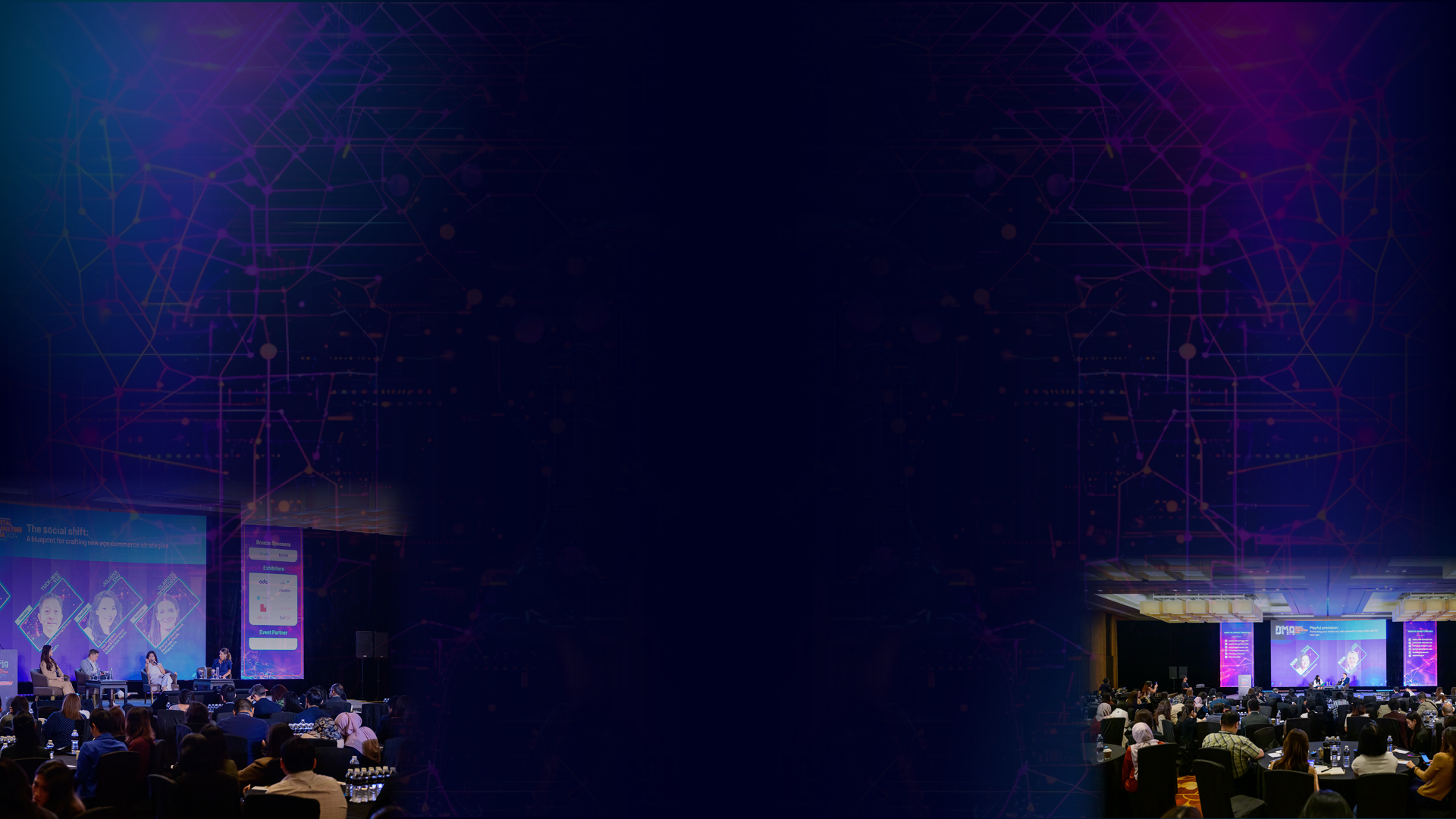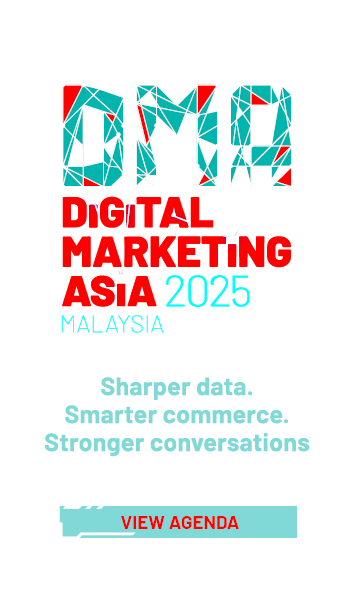



Designing for Speed: The benefits of slowing down
share on
In a world awash with sloppy instant gratification, the brands that add meaningful friction are finding that they become more memorable. They foster loyalty, trust and distinctiveness, writes Sam Hughes, brand experience & innovation director at FutureBrand.
In a fast-paced world obsessed with speed from next day deliveries to one click checkouts, businesses strive every day to make every experience easy, frictionless and simple.
Truth be told, it works. Because there is a place for these moments in a customer journey. I, for one, have been with my energy provider for far longer than I should have been because of an exceptionally quick-and-easy app experience.
Nonetheless, these experiences don't come without their own cost. An ever-optimised and all-too-convenient world can start to feel flat and lacking in connection. A feeling only accelerated by AI and the sea of slop that is rapidly overtaking the internet.
The irony is that the rarest and most valuable commodity in a culture designed for speed is often slowness. Purposefully slowing down experiences in ways that are deliberately and meaningfully designed becomes the next differentiator to cut through the noise. What if we were to reframe friction as a feature and not a flaw?
Intrigued? Here are three benefits of friction as ways to create moments that more memorably elevate or deepen the experience.
The strategic pause
NAB introduced helpful friction into its online banking to combat scams. Rather than processing every payment instantly, NAB prompts customers with a question to create a pause when a transaction looks risky, giving customers a moment to stop and think before proceeding.
NAB recently reported that this moment alone has stopped and recovered almost $2 million per week of customers’ money ending up in the hands of scammers in six months. In this case, a slower, slightly less convenient process enhances value by increasing security and peace of mind and increases the level of trust that customers have in the bank and its ability to protect them and take care of their data.
A second strategy for transforming friction into a feature is creating an extra dimension to elevate the experience through what Harvard Professor Michael Norton called the IKEA effect.
The IKEA effect
Meal-kit services like HelloFresh thrive on the IKEA effect by turning simple meals into experiences of ownership. Even though the recipes are pre-portioned and guided, the act of chopping, stirring and plating creates an effort bias; we value outcomes more, the more effort we’ve put into them.
That effort leads to feelings of not only competence but also control, and so completing the recipe successfully validates one’s cooking ability and gives people an accomplished sense of control over the outcome.
A third consequence of a strategic pause is to prioritise connection over high volume.
Our social feeds and inboxes are flooded with auto-generated articles, images and posts, most of it low-quality content designed to grab quick attention, AI slop. When everyone is doing it, creating massive volumes of content as a strategy for cut-through is ineffective at best and damaging at worst.
Shifting from output to focusing on the outcome you want to create is a meaningful shift from trying to grab attention to building a meaningful connection.
In the past, a marketing team might celebrate blasting out 50 social posts in a week as outputs, or a product team might pride themselves on launching features on a rapid timetable. But if those posts and features don’t create real value nor resonate with people, what have you achieved? Success shouldn’t be measured by how much you produce, but by the impact you make.
An example of this in action is the shift by brands like Mecca to transform a visit to a physical store into a meaningful experience, rather than merely a transaction that rushes a customer from point of entry to point of sale (not that it should come as any surprise that better instore experiences create higher sales conversions).
But, just as importantly, prioritising these interactions and focusing on a positive outcome for the customer shows up in terms of distinctive brands and loyal customers. Ultimately, designing for outcomes means prioritising long-term relationship-building over short-term throughput.
Design for meaningful moments
Embracing the opportunities for meaningful slowness is not about rejecting ease and efficiency altogether. It’s about knowing the right moment when to make the most impact.
There will always be areas to streamline and accelerate (nobody is nostalgic for manually paying bills or month-long shipping), but there are critical moments where intentionally slowing things down can meaningfully elevate the experience: a customer spends an extra minute considering a purchase and feels more confident; or, a reader absorbs a thoughtful article instead of skimming ten clickbait pieces.
In a world awash with sloppy instant gratification, the brands that add meaningful friction are finding that they become more memorable. They foster loyalty, trust and distinctiveness.
Ultimately, by delivering something more valuable than speed, they deliver meaning.
share on
Free newsletter
Get the daily lowdown on Asia's top marketing stories.
We break down the big and messy topics of the day so you're updated on the most important developments in Asia's marketing development – for free.
subscribe now open in new window
